Researchers have found that anemia was common among ancient Egyptian children and may have contributed to their deaths.
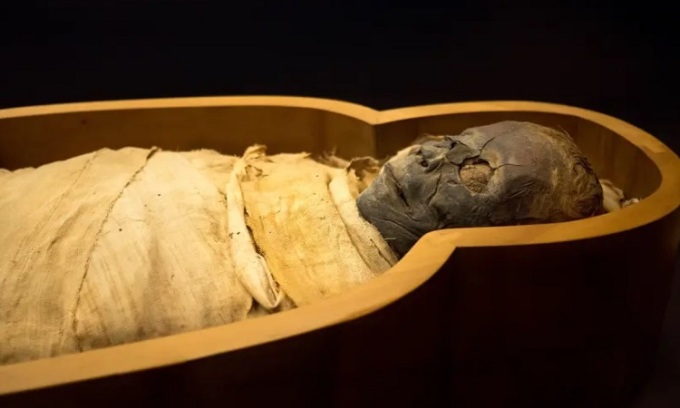
CT scans allowed the team to see through the mummy's wrappings. Photo: Jerusalem Post
A team of paleopathologists and medical experts from Germany, the United States, and Italy discovered that anemia was very common in mummified ancient Egyptian children. In a study published in the International Journal of Osteoarcheology, they took CT scans of many Egyptian child mummies to study their skeletons, Ancient Origins reported on May 1.
The team focused on children who died before adulthood and were mummified. Embalming helps preserve the remains of children better than burial. But modern research does not allow removing the wrappings used in the embalming process, so scientists must use modern machines to see through and study the bodies inside.
Radiologist Stephanie Panzer and colleagues performed whole-body CT scans of 21 mummified children aged 1 to 14 from museums across Europe. They found evidence of pathological enlargement of the cranial vault in seven of the children, a finding often associated with anemia.
Anemia is a result of malnutrition, leading to a decrease in red blood cells and not ensuring enough oxygen is delivered to the brain and other body parts. People with anemia also have many other problems such as iron deficiency, gastrointestinal bleeding, and infections due to a weak immune system. From the CT scan results, the research team could not conclude whether anemia was the cause of the children's deaths, but it was at least a factor.
The researchers also found a child with thalassemia, a congenital condition in which the body cannot produce hemoglobin. The child lived less than a year and likely died from many of the symptoms associated with the disease.
An Khang (According to Phys.org )
Source link




![[Photo] Da Nang residents "hunt for photos" of big waves at the mouth of the Han River](https://vphoto.vietnam.vn/thumb/1200x675/vietnam/resource/IMAGE/2025/10/21/1761043632309_ndo_br_11-jpg.webp)
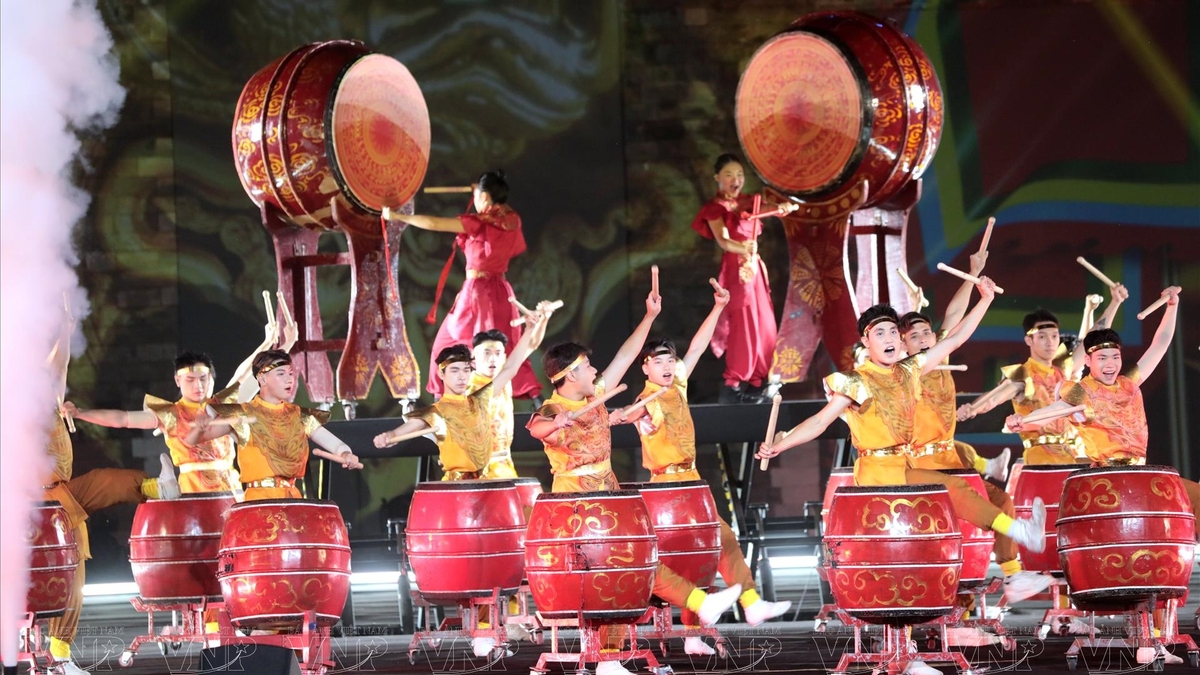

![[Photo] Prime Minister Pham Minh Chinh received Mr. Yamamoto Ichita, Governor of Gunma Province (Japan)](https://vphoto.vietnam.vn/thumb/1200x675/vietnam/resource/IMAGE/2025/10/21/1761032833411_dsc-8867-jpg.webp)
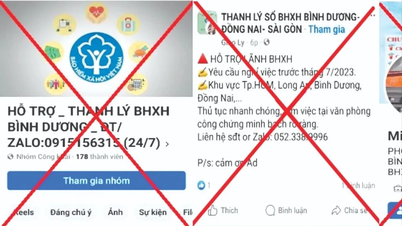



















![[Photo] Prime Minister Pham Minh Chinh meets with Speaker of the Hungarian National Assembly Kover Laszlo](https://vphoto.vietnam.vn/thumb/1200x675/vietnam/resource/IMAGE/2025/10/20/1760970413415_dsc-8111-jpg.webp)


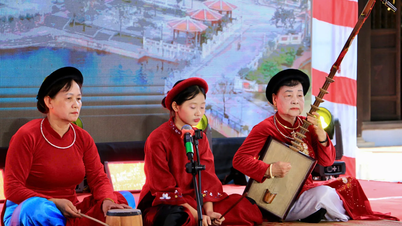

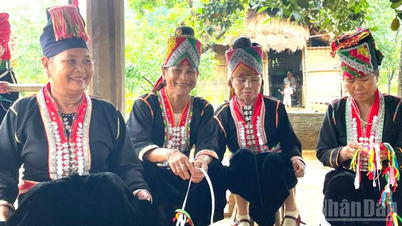

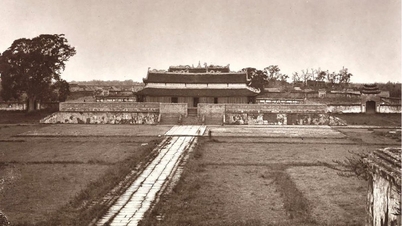

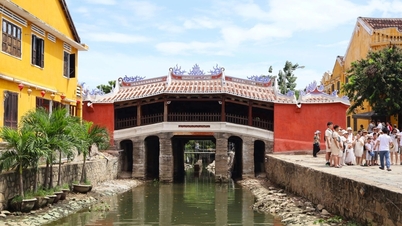




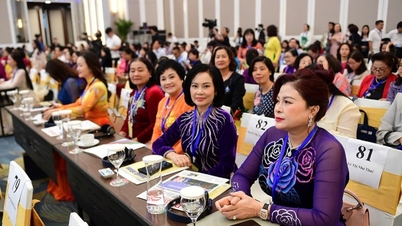






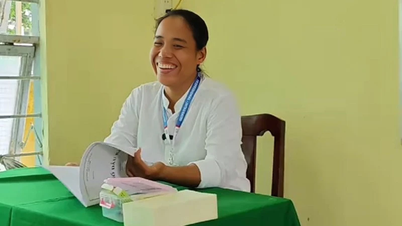
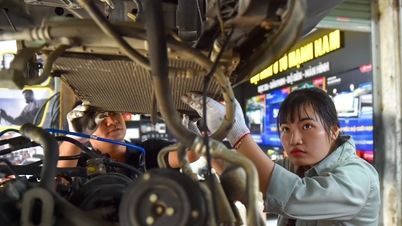












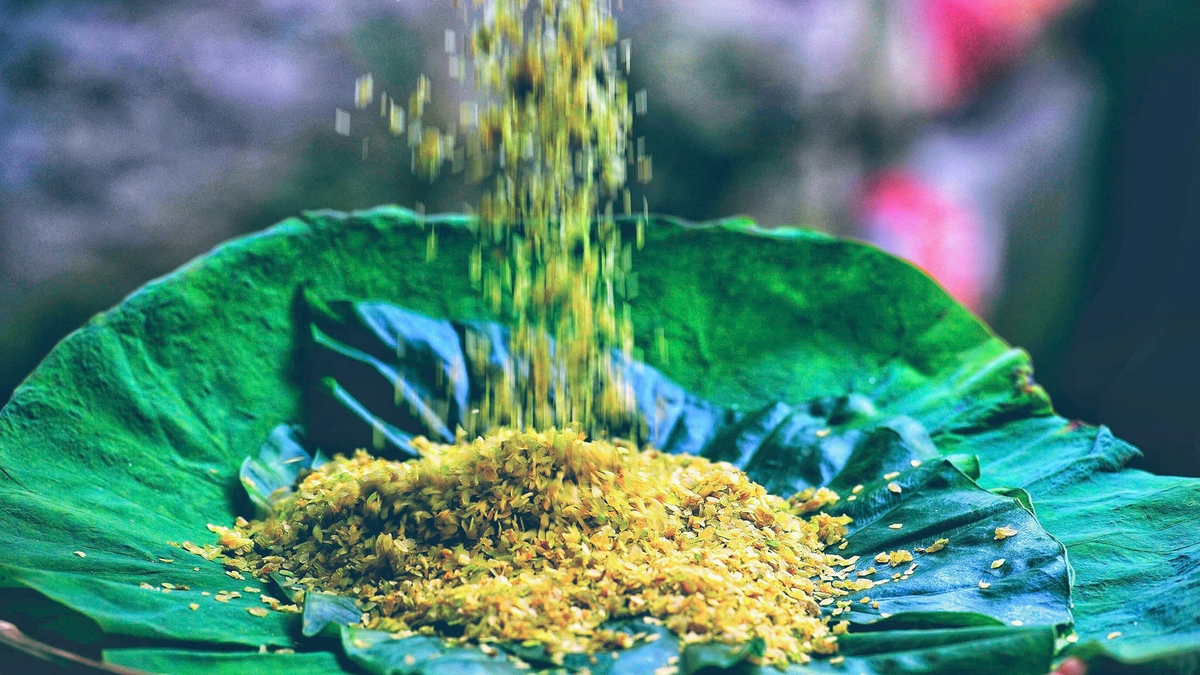






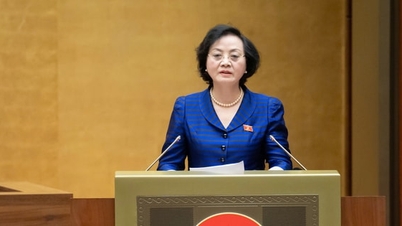





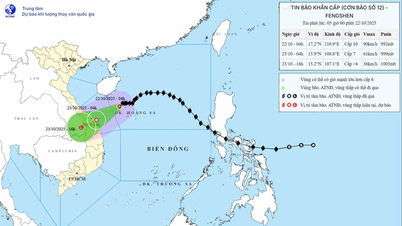



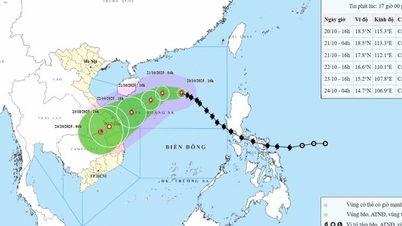
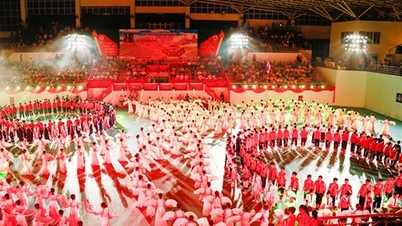





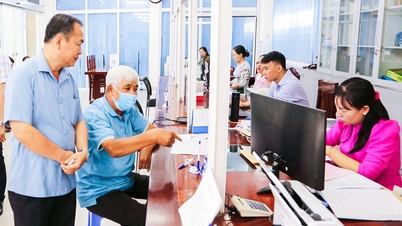

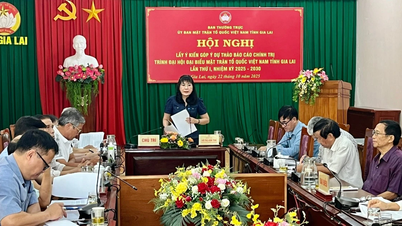

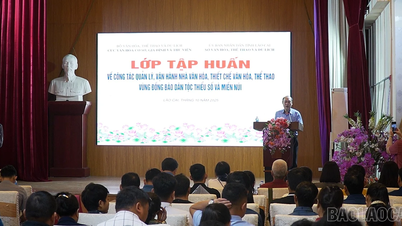

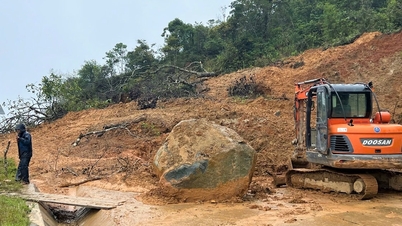







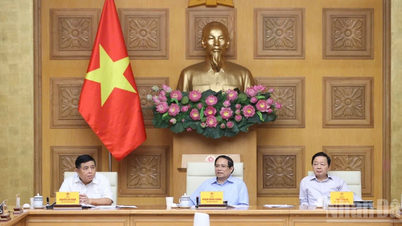
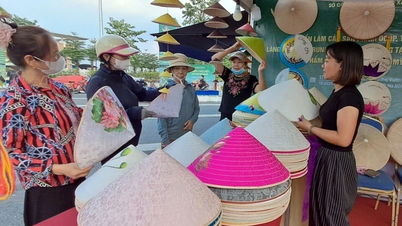






Comment (0)